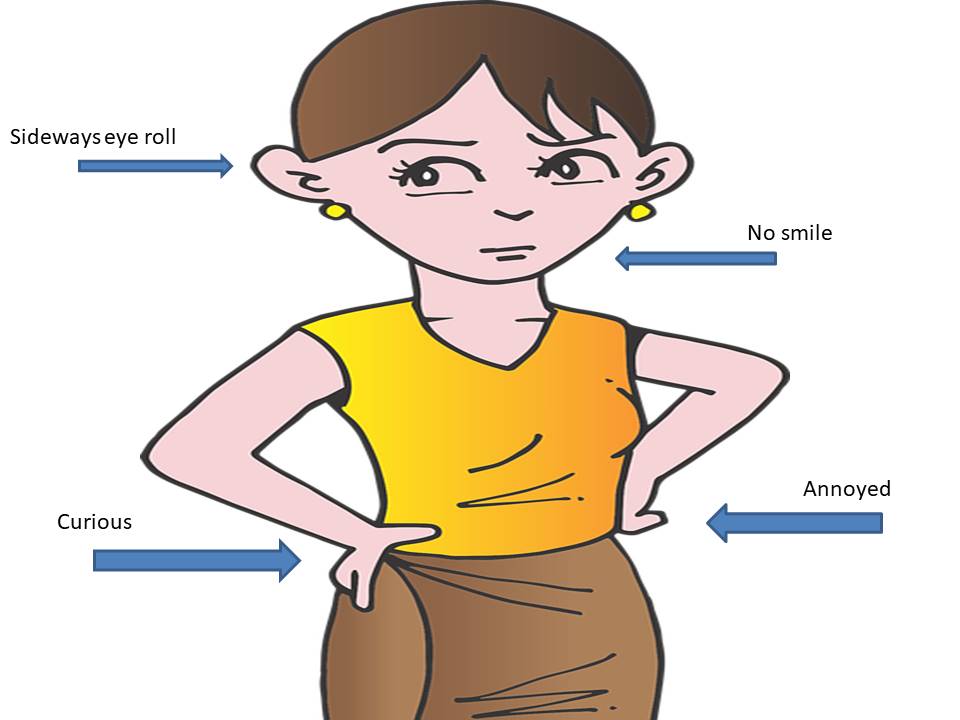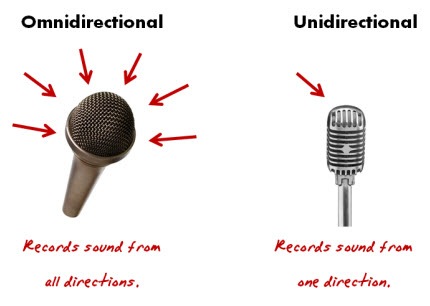Hands On Waist Body Language
Have you ever wondered what your body language says about you? Well, one gesture that often catches our attention is when someone places their hands on their waist. It’s a position that can convey confidence, assertiveness, or even frustration. In this article, we’ll delve into the intriguing world of hands on waist body language and explore what it reveals about a person’s mindset and emotions.
So, why do people adopt this gesture? Is there a hidden message behind it? We’re about to delve into the fascinating realm of nonverbal communication and unlock the secrets of the hands on waist body language.
From conveying authority and dominance to displaying annoyance or impatience, the position of our hands on our waist can speak volumes. Join us as we dive deep into the different meanings behind this body language gesture and unravel the mysteries it holds. So, let’s get started and explore the captivating world of hands on waist body language!

The Power of Hands on Waist Body Language: What It Reveals About a Person
In the realm of nonverbal communication, body language plays a critical role in conveying emotions, intentions, and personality traits. Among the various gestures and postures, one that stands out is the act of placing one’s hands on the waist. This seemingly simple gesture carries deeper meanings and can offer fascinating insights into a person’s mindset and demeanor. From displaying confidence to signaling authority, the hands on waist body language can reveal a great deal about an individual. In this article, we will explore the significance and interpretations of this powerful nonverbal cue.
The Confident Stance: Asserting Dominance and Self-Assuredness
When someone confidently places their hands on their waist, it is often an unconscious display of assertiveness and self-assuredness. This stance communicates a sense of confidence and dominance, indicating that the person feels in control of the situation. By widening their stance and positioning their hands on their waist, they are subconsciously asserting their presence and authority. Whether it’s a confident leader or an individual trying to make a strong impression, this gesture conveys a message of self-confidence and a willingness to take charge.
The Subtle Balance Between Confidence and Arrogance
While the hands on waist body language can exude confidence, it is important to recognize the fine line between confidence and arrogance. This gesture should be interpreted holistically, taking into consideration other cues, such as facial expressions and body posture. In some cases, this gesture may be accompanied by a raised chin, narrowed eyes, or an overall defensive posture, which can indicate a more arrogant demeanor. When analyzing this body language, it is essential to consider the broader context and observe additional nonverbal cues to holistically interpret a person’s intentions.
Power Dynamics: Asserting Authority and Control
Beyond conveying self-assurance, the hands on waist body language can establish power dynamics and assert authority in various situations. In scenarios where a person is responsible for managing a team, leading a meeting, or commanding a stage, placing the hands on the waist can signal control and confidence in their abilities. By occupying more space and adopting a commanding posture, individuals can establish their dominance, thereby influencing others’ perception and response to their authority. This body language can be particularly influential in professional settings or situations that demand a strong leadership presence.
Understanding the Cultural Variations: Interpretations Across Different Contexts
It is important to note that interpretations of body language, including the hands on waist gesture, can vary across cultures. While this body language may generally symbolize confidence and assertiveness in Western cultures, it may hold different connotations in other parts of the world. For instance, in certain Eastern cultures, this gesture can be perceived as rude or confrontational. Therefore, when analyzing body language, it is crucial to consider cultural nuances and adapt our interpretations accordingly to avoid misunderstandings.
Mastering the Art of Nonverbal Communication: Tips for Effective Body Language
Now that we have explored the significance and interpretations of the hands on waist body language, let’s delve into some practical tips for mastering nonverbal communication:
1. Observe and Analyze:
Develop your observational skills by paying attention to people’s body language in various contexts. Notice the patterns and gestures that accompany different emotions or intentions.
2. Practice Self-Awareness:
Understand your own body language and how it may be perceived by others. Identify any unconscious habits or gestures that may hinder effective communication.
3. Context Matters:
Remember that body language is not universal and can be influenced by cultural norms. Adapt your interpretations and responses accordingly when interacting with individuals from different backgrounds.
4. Maintain a Balanced Stance:
While the hands on waist body language can convey confidence, be mindful of striking the right balance. Avoid coming across as overly dominant or arrogant by maintaining a relaxed and open posture.
5. Be Mindful of Your Audience:
Consider the specific context and audience when utilizing body language. Adjust your gestures and postures to match the expectations of the situation and the individuals involved.
In summary, the hands on waist body language is a powerful tool for nonverbal communication. By understanding its nuances and context, we can decode the hidden messages behind this gesture and utilize it effectively in our interactions. As with any form of communication, it is crucial to practice self-awareness, cultural sensitivity, and adaptability to ensure our body language enhances rather than hinders our ability to convey our intended messages. Mastering the art of nonverbal communication opens a world of possibilities for more meaningful and impactful connections.
Key Takeaways: Hands on Waist Body Language
- Placing hands on the waist can indicate confidence and assertiveness.
- It can also signify frustration or impatience.
- Be aware of cultural differences as this gesture may have different meanings in different cultures.
- Using this body language can convey a powerful message in certain situations.
- Always consider the context and other nonverbal cues when interpreting someone’s body language.
Frequently Asked Questions
Welcome to our FAQ section on the topic of “hands on waist body language”! Here, we’ll address some common questions related to this form of nonverbal communication. Read on to discover more about the meaning and significance behind this body language signal.
1. What does it mean when someone places their hands on their waist?
When someone places their hands on their waist, it can indicate feelings of confidence, authority, or assertiveness. This gesture is often seen as a dominant or commanding pose. It can also indicate a sense of readiness or preparedness. However, it’s essential to consider other nonverbal cues and the context in which this gesture is being used to get a more accurate interpretation.
For example, in certain situations, placing hands on the waist might signal anger or frustration. It is crucial to pay attention to other body language signals, such as facial expressions and overall demeanor, to better understand the meaning behind this gesture.
2. Can the hands-on-waist gesture have different meanings in different cultures?
Indeed, the interpretation of the hands-on-waist gesture can vary across different cultures. While it is often associated with confidence and authority, cultural norms and values play a significant role in shaping the meaning behind nonverbal cues. For example, in some cultures, this gesture may signify disrespect or rudeness. It’s essential to be mindful of cultural differences and avoid making assumptions based solely on this gesture.
If you find yourself in a multicultural setting or interacting with individuals from diverse backgrounds, it’s beneficial to familiarize yourself with cultural norms to avoid any misinterpretations or misunderstandings.
3. What are the possible reasons someone might use the hands-on-waist body language?
There can be several reasons why someone uses the hands-on-waist gesture. It can be a way for individuals to display confidence, assertiveness, or control in a given situation. By placing their hands on their waist, they may be trying to project a sense of authority or indicate that they are ready to take charge.
In some cases, this gesture might be an unconscious habit or a way for individuals to feel more secure and grounded, especially in situations that make them feel vulnerable or uncertain. It’s essential to consider the individual’s personality, the context of the interaction, and other nonverbal signals when trying to interpret the meaning behind this body language.
4. Are there any potential negative interpretations of the hands-on-waist gesture?
While the hands-on-waist gesture is often associated with confidence and assertiveness, it’s essential to be cautious when interpreting this body language. In certain situations, this gesture can be perceived as aggressive, confrontational, or defensive. It can also be seen as a sign of impatience or frustration.
However, it’s important not to jump to conclusions based solely on this gesture. Consider other nonverbal cues, such as facial expressions, tone of voice, and overall demeanor, to get a more accurate understanding of the individual’s intentions and emotions.
5. How can I use the hands-on-waist gesture effectively in professional settings?
Using the hands-on-waist gesture in professional settings needs to be done with caution and awareness. While it can convey confidence and authority, it’s important to strike a balance to avoid coming across as too dominant or aggressive.
When using this gesture, make sure to maintain a good posture, maintain eye contact, and be respectful of others’ personal space. It’s crucial to consider cultural differences and adapt your nonverbal cues accordingly. Remember, nonverbal communication should complement and support your verbal message rather than overpower it.
The meaning of putting hands on the waist in body language
Summary
When someone puts their hands on their waist, it can mean different things. It might show that they are confident or authoritative. It could also be a sign of frustration or impatience. It’s crucial to pay attention to other body language cues and the context to get a better understanding of what someone’s hands on their waist might mean.
Overall, body language is an essential communication tool. By being aware of different body language signals, we can better understand others and avoid misunderstandings. Remember, it’s not just about what people say, but also how they say it with their body. So, keep observing and pay attention to the nonverbal signals people send.


